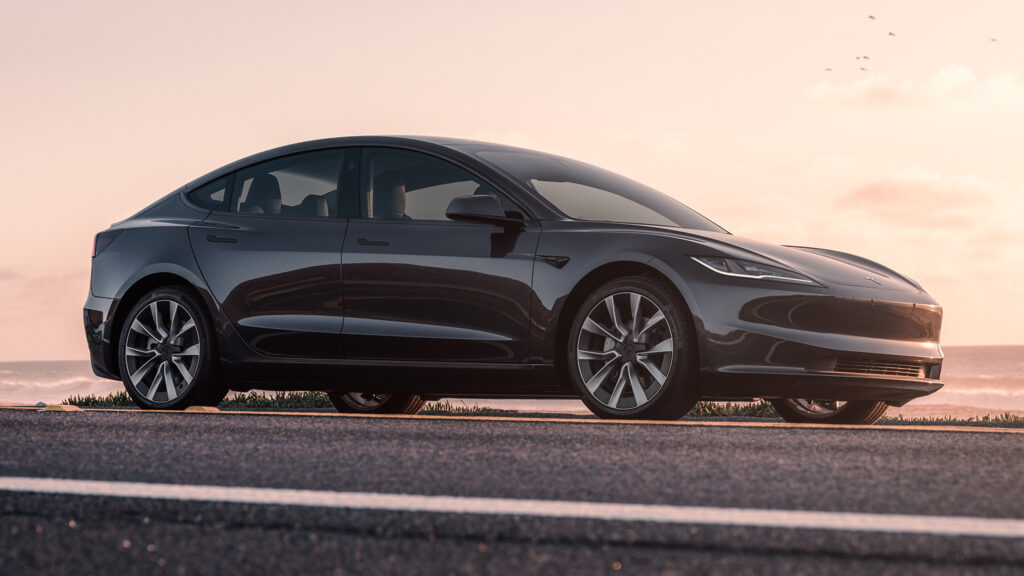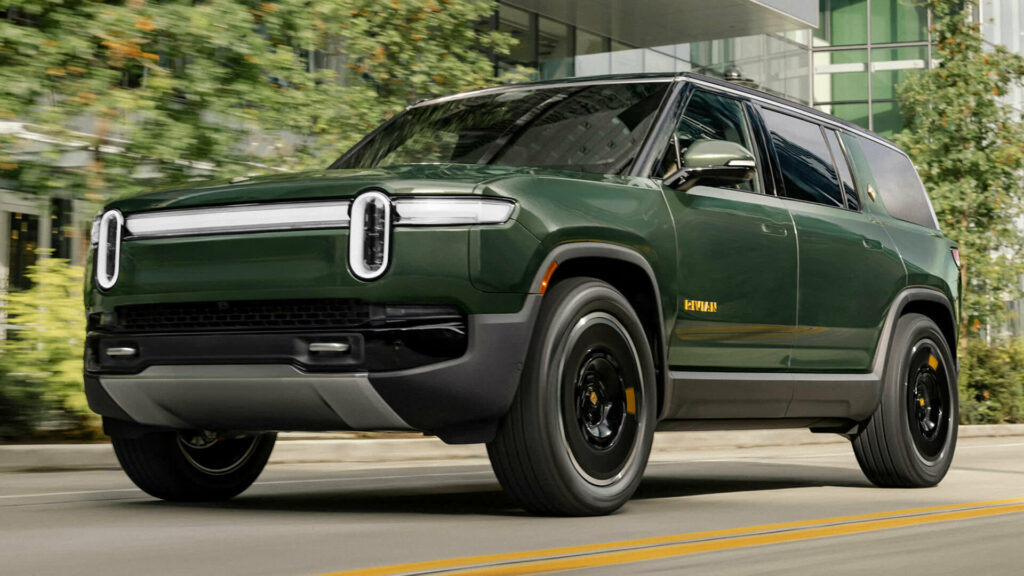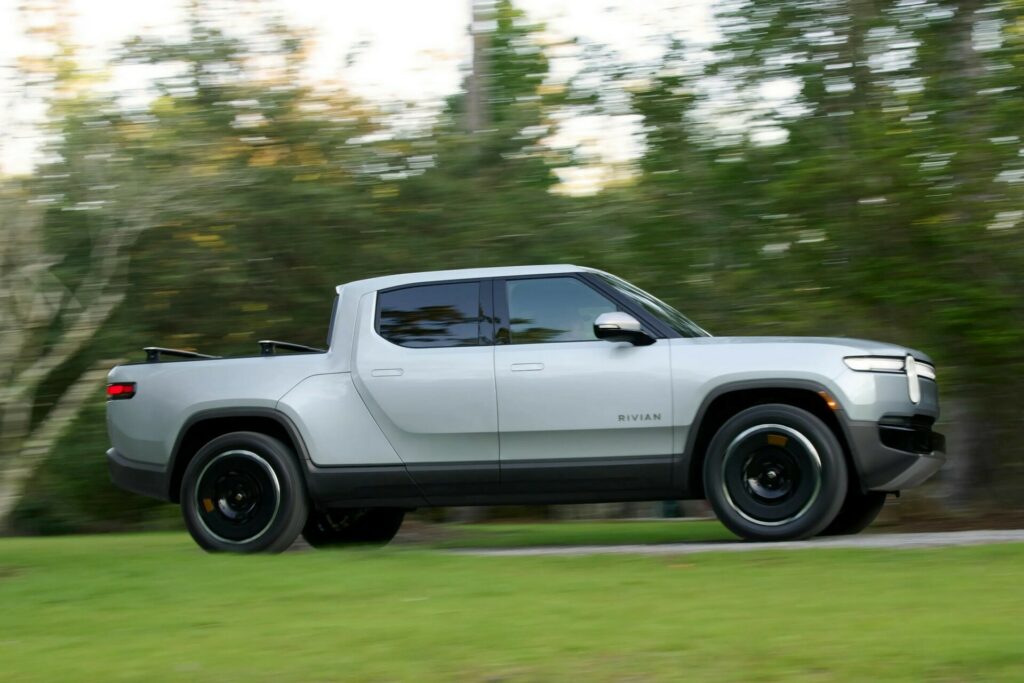Be Careful Where You Park Your EV, Hyundai Tells 10 Owners
- Hyundai is recalling a number of 2025 Ioniq 5 EVs in America due to a fire risk.
- The crossovers might have a loose connection that could cause a short circuit.
- Only 10 examples of the EV are believed to need their bus bar bolts tightened.
Electric vehicles don’t drive around with half a bathtub worth of flammable liquid slung beneath the rear seat, but it seems they’re even more likely to present a fire risk. The latest automaker to issue a fire-related recall is Hyundai, which is telling some of its EV owners not to park near other cars or buildings until they’ve had some important repair work done to their cars.
Also: Hyundai’s Fastest Electric Sedan Can Drift And Snarl Like A Gas Car While Hitting 62 In 3.2
The advice – which is easier said than done for people who live anywhere near civilization – applies only to a small number of owners of MY25 Ioniq 5s. Hyundai estimates 10 of the EVs are equipped with batteries whose bus bars weren’t correctly tightened, leading to a risk of a short circuit which could in turn cause a fire.
What Went Wrong
A busbar is a metal strip, usually made from copper or aluminum, that connects the individual cells that make up a battery pack. A neat description from Ennvoi says the battery is the heart of an EV and the busbars are the blood vessels that send electrical current through the car’s various systems.
Hyundai believes a torque tool controller belonging to the Battery System Assembly (BSA) supplier failed, resulting in some bus bars being insufficiently tightened. The error was discovered a routine inspection of battery packs and an audit revealed some of those dodgy batteries has already made their way into delivered cars.

Although no accidents or fires have yet been reported, Hyundai cautions that over time the bus bar retaining bolts could work loose and cause an electrical arcing inside the battery pack. It could also trigger a voltage sensing error that would send the EV into limp mode.
What Affected Owners Should Do
Those 10 rogue Ioniq 5s will need to head back to a dealership to have their bus bar bolts tightened. Hyundai says owners can continue driving until they get the fix, but recommends they think carefully about where they park between now and when they get the all-clear.














